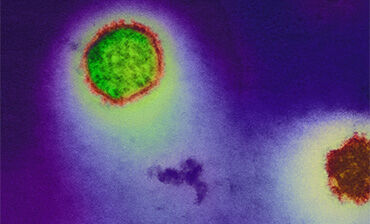Hantavirus infection

Hantavirus is spread by rodents. There are several types of hantaviruses, and each hantavirus is associated with a particular type of rodent. People can get infected when they breathe in particles from infected rodent urine, droppings, or saliva.
Hantavirus infection can cause three main types of sickness depending on the strain of hantavirus:
- Hemorrhagic Fever with Renal Syndrome (HFRS): An infectious disease characterized by fever, bleeding tendencies, and kidney problems (mainly in Europe and Asia).
- Nephropathia Epidemica: A medical condition that affects the kidneys (occurring in Europe).
- Hantavirus Cardiopulmonary Syndrome: It affects the heart and lungs, leading to breathing and heart problems (occurring in the Americas).
Hantavirus disease can have various symptoms, ranging from no symptoms to severe.
Complications vary by strain of hantavirus with some strains being more deadly than others.
Occupations such as forestry workers and farmers have an increased risk of exposure.
Rodents release hantaviruses in their urine, droppings, and spit. People usually get infected by breathing in tiny particles of these virus-contaminated rodent droppings.
European hantaviruses do not spread from person to person, and no insects carry the viruses.
There is no specific cure for this infection. Primary treatment is usually geared towards managing symptoms. There is no vaccine licensed for use in Europe.
As there is no vaccine, avoiding contact with infected material is the best way to prevent infection. Wearing a face mask in situations where there is high risk of coming into contact with rodents and their droppings is advisable.




